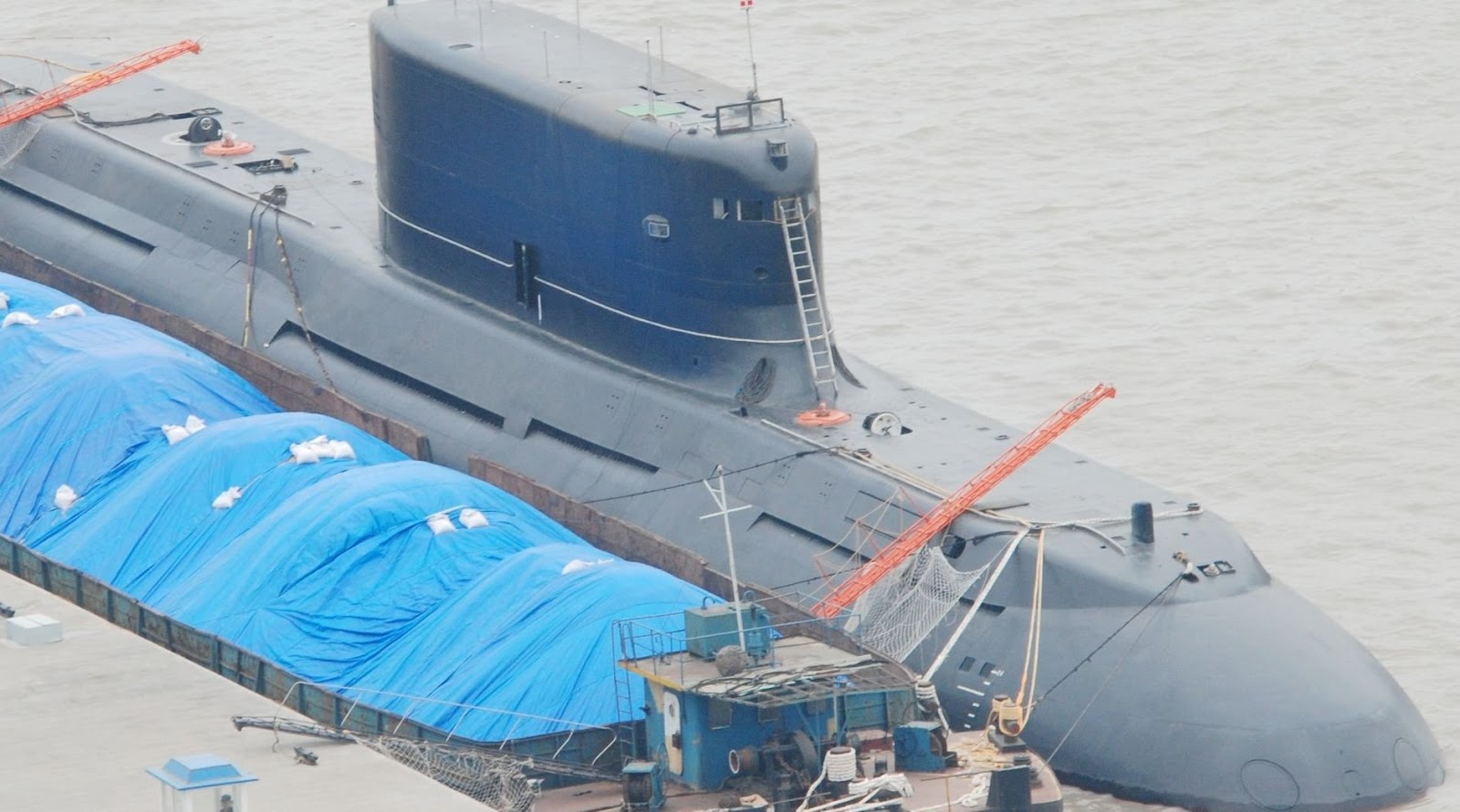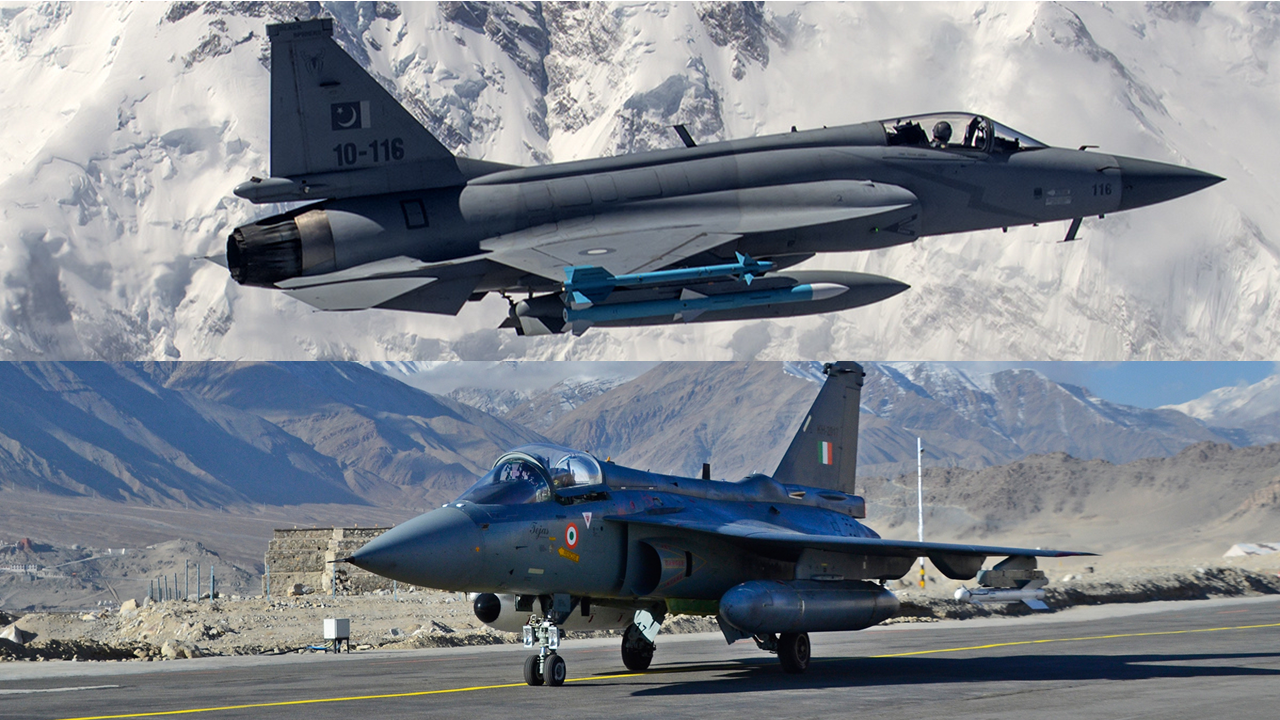2883Views 5Comments

Understanding Pakistan’s submarine plans
The Pakistan Navy has not been particularly vocal about its recently inked submarine purchase from China. In fact, even though it is widely speculated that Pakistan’s submarines will be derived from the S20, which is China Shipbuilding & Offshore International Co. Ltd (CSOC)’s sole export design, no official details have been provided about the model and configuration of Pakistan’s forthcoming submarines.
In general, it is apparent that the Pakistan Navy’s primary mission, especially considering Pakistan’s limited financial resources, is to defend the country’s coastline and shore-based economic and defence assets. In other words, the Pakistan Navy’s primary mission is anti-access and area-denial (A2/AD). For submarines, A2/AD missions would involve loitering in littoral waters in anticipation of incoming enemy warships.
‘Stealth’ – i.e. low acoustic (sound) and infrared (heat) detectability – and endurance are critical attributes for building a successful sub-surface A2/AD force. The prospect of well-embedded sub-surface threats capable of fracturing the hull of a high-value warship would deter an enemy naval force from attempting an entry onto Pakistan’s coastline. Granted, India’s focus need not go that far, interdicting Pakistan’s sea-lines-of-communication (SLOC) and denying it access to trade would be sufficient to induce pressure, but that does not mean Pakistan should let-up from defending its port cities and shipyard(s).
In Pakistan’s context, the added reality of cost and availability must be considered as well. There are two aspects to this issue: First, the lower cost of Chinese submarines has enabled the Pakistan Navy to opt for a larger number of ships in comparison to what it could (and was in the process to) procure from the West (e.g. ThyssenKrupp Marine Systems’ Type 214). The push for quantity over pedigree indicates the Pakistan Navy’s desire to orient its naval stature to underwater warfare. Second, a larger fleet enables Pakistan to maintain a high availability rate of usable submarines. The stationing of one, two or even three submarines for resupplies, repairs, or a crew switch would not impair the Navy from maintaining a sizable sub-surface force to protect Pakistan’s littoral waters.
Based on the above, one can conclude that the enablers of a sound A2/AD strategy rest on affordability and availability. These are crucial pillars, especially if one is to think about Pakistan’s submarine strategy in the context of the country’s deterrence goals. Yes, Pakistan has been intending to build a second-strike triad, so a sea-based deterrence leg is to be expected. However, it would disingenuous to automatically assume that this deterrence leg would be built using a nuclear-powered submarine.
Even if one were to be generous in their assumptions about Pakistan’s ability to secure a serviceable miniaturized reactor, there are real technology drawbacks that need to be addressed. First, the nuclear propulsion competency available outside of traditional nuclear-powered submarine (SSN) users is not at a level where these ships are quiet enough for supporting A2/AD operations. Second, if Pakistan were to deploy a nuclear reactor at sea, it would be natural to assume that its first several iterations would have to undergo gradual safety and quality improvement. In other words, is such a machine even serviceable for war? It is important to understand that even with the base technological capabilities and talent, development takes time, especially when undertaken alone or with – at best – one partner. This would be a generally unready and vulnerable high-value asset, something Pakistan cannot afford.
In tandem with serviceability and vulnerability, the question of cost is also a factor. With limited financial resources, the armed forces are left to prioritize between multiple pivotal programs. This issue is starker for the Navy, which makes due with an even smaller pool of resources in comparison to the Army and Air Force. Resources going into an SSN are resources not going into the conventional A2/AD submarine fleet, and with the latter directly pivotal to safeguarding two port cities and naval industry infrastructure, it is difficult to see how an infantile SSN program would distract the Navy. In fact, the Navy itself has other key priorities as well (after building a strong conventional submarine force), such as a surface fleet to manage the SLOCs and guard Pakistan’s exclusive economic zone. The pragmatic course is to put SSN aspirations to the backburner.
While one should expect pragmatism in the submarine program, one should also expect the Pakistan Navy to maintain a forward-looking disposition. For example, a common conclusion with the recent purchase from China is that Pakistan’s new submarines would use Stirling air-independent propulsion (AIP) technology. However, the adoption of Stirling AIP would not align with Pakistan’s reality, which is that its maritime assets operate in warm water environments. AIP systems dependent on moving components, such as Stirling, create vibration, and vibrations – i.e. noise (i.e. acoustics) – travel faster in warm water than they do in cold water. It is difficult to fathom that Pakistan would heavily invest in an AIP submarine, only to end up with a solution that does not support its A2/AD needs in terms of stealth.
In this respect, it would be natural to see Pakistan pursue a fuel cell-based AIP solution. In fact, it would be wise to invest in a design that does well to categorically reduce dependence on moving parts (to help with low-acoustic detectability). Yes, the naval industry is moving towards fuel cell AIP, but a push to advance in this respect is not an advancement for advancement’s sake. There are genuinely critical functional needs at stake in this respect, especially in terms of enabling the Navy to possess an optimal A2/AD force.
On the other hand, the call for a vertical launch system (VLS) ought to be taken with more nuance. Yes, VLS is beneficial in that these canisters can be dedicated to anti-ship and land-attack cruise missiles, which in turn would free torpedo tubes. It would also help reduce the presence of moving parts, especially in critical moments where a munition is being readied for use. To be fair, China has been developing upon sub-surface VLS applications over the past decade (at least), hence, the notion of it making it to Pakistan’s future submarines is plausible, though it is also unlikely.
The adoption of VLS on Pakistan’s future submarines would depend on whether the added cost of having it is sufficiently offset by the benefit. Ultimately, the Pakistan Navy needs quiet conventional submarines to fracture intruding enemy hulls. Granted, one could argue that the strategic element could factor in favour of VLS, but this can be achieved by sporting sufficiently large torpedo tubes (to house land-attack cruise missiles). This is not an elegant solution, but carrying the country’s strategic umbrella is not the primary objective of these submarines, rather, the primary goal is to protect Pakistan’s coastlines. It would be a welcome sight to see VLS incorporated into the design, but it is not something that should be taken for granted, especially as the de facto configuration.



5 Comments
by Sami Shahid
I’ve heard that a nuclear sub marine is under construction…anyway, buying these 8 sub marines from China was a good decision.
by MT
1. Pak have no R&D on SLBM
where is the submarine barge/pontoon for Testing SLBM?The anerican satellites could have easily detected any of the missile prototype test if pak had undertaken babur SLCM or any other SLBM test. Given there is no official confirmation on SLBM & pak strategic naval command only mention about Babur SLCM which is yet to be tested.
2. Pak nuclear fabrication industry is amateur. The nuclear reactors used for plutonium and uranium processing at khushab,kahuta are all made with chinese design and majority chinese components such as pressure vessel, pressurizer, fabricating facility, turbine
3. Pak may have started working on nuclear submarine but it is 2-3 decade long R&D process if pak tries to build the capability from scratch. For it to succeed, pak surely needs decent nuclear industrial capability
An average budget on R&D for reactor, miniaturization, nuclear fabrication industry for submarine program is around 5 bill$ at today prices. The nos will go up to 10-15 bill$ if duration spans across a decade or more.
Not sure if pak can spend 50% of budget i.e 500 mill$ on nuclear submarine/annum for a decade give the budget of pak navy is barely1 bill$ at today prices
by Mubashir Jamel
our nuclear program is ver secret before 98 it was not even confirm if we had nukes onl rumors now usa says we have 130+ as 4 usa satellites it isnt their protocol 2 immediate release images or u expect USA 2 give u pics as soon as the get them
by MT
1. US was aware of pak nuclear program since late 70’s- They even sanctioned pak in 1978 but soviet entry in afgha helped pakistan grab nuke tech
2. Pakistan have many dozens low intensity nukes esp tactical nukes.
3. Pak cant make SLBM bcoz its core MRBM shaheen is low end 70 era chinese tech in origin & Pak local missile R&D at suparco was shunted/replaced with novices in NESCOM who havent learnt much beyond integration,testing and fine tuning of parameters.
Shaheen is very slightly modified version of DF.
by @tariqamahmood
You are very right. Till this time, USA does not have enough information about our nukes.